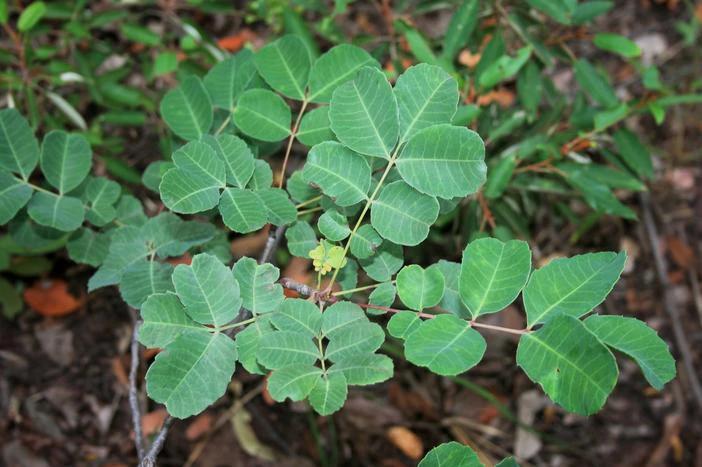Marula
(Sclerocarya birrea subsp. caffra)
Marula (Sclerocarya birrea subsp. caffra)
/
/

JMK
CC BY-SA 4.0

Estimated Native Range
Climate Requirements for Cheonan, Korea, Republic Of
| This Plant | Your Site | Plant Suitability for Your Location | ||
|---|---|---|---|---|
| • Precipitation | 4" - 72" | 51" | Aquatic | Aquatic |
| • High Temp. | 69°F - 101°F | 85°F | Your summer temperatures are normal for this plant. | Excellent |
| • Low Temp. | 3°F - 68°F | 18°F | Your winter temperatures are normal for this plant | Excellent |
Summary
The Marula tree is renowned for its edible fruit, which is used to make the famous Amarula liqueur and is also eaten fresh or made into jams and juices. The tree is drought-tolerant and can survive in various soil types, making it suitable for xeriscaping and as a feature tree in large gardens or public spaces. It requires full sun and can tolerate low to medium water conditions once established. The wood is used for carving and the bark has traditional medicinal uses. However, it is susceptible to frost and should be protected when young. The tree’s deep taproot system means it transplants poorly, so it is best grown from seed on site.CC BY-SA 4.0
Plant Description
- Plant Type: Tree
- Height: 15-60 feet
- Width: 20-40 feet
- Growth Rate: Moderate
- Flower Color: Green, Yellow
- Flowering Season: Summer
- Leaf Retention: Deciduous
Growth Requirements
- Sun: Full Sun
- Water: Low, Medium
- Drainage: Medium, Fast
Common Uses
Bee Garden, Bird Garden, Drought Tolerant, Edible*Disclaimer: Easyscape's listed plant edibility is for informational use. Always verify the safety and proper identification of any plant before consumption., Fragrant, Low Maintenance
Natural Habitat
Native to miombo woodlands, savannas, and subtropical regions of Southern Africa
Other Names
Common Names: Marula, Elephant Tree, Maroola-Plum, Caffre Marula, Jelly Plum
Scientific Names: Sclerocarya birrea subsp. caffra, Commiphora acutidens, Commiphora subglauca, Poupartia caffra, Poupartia excelsa, Sclerocarya caffra, Sclerocarya caffra var. dentata, Sclerocarya caffra var. oblongifoliolata, Sclerocarya schweinfurthiana
GBIF Accepted Name: Sclerocarya birrea subsp. caffra